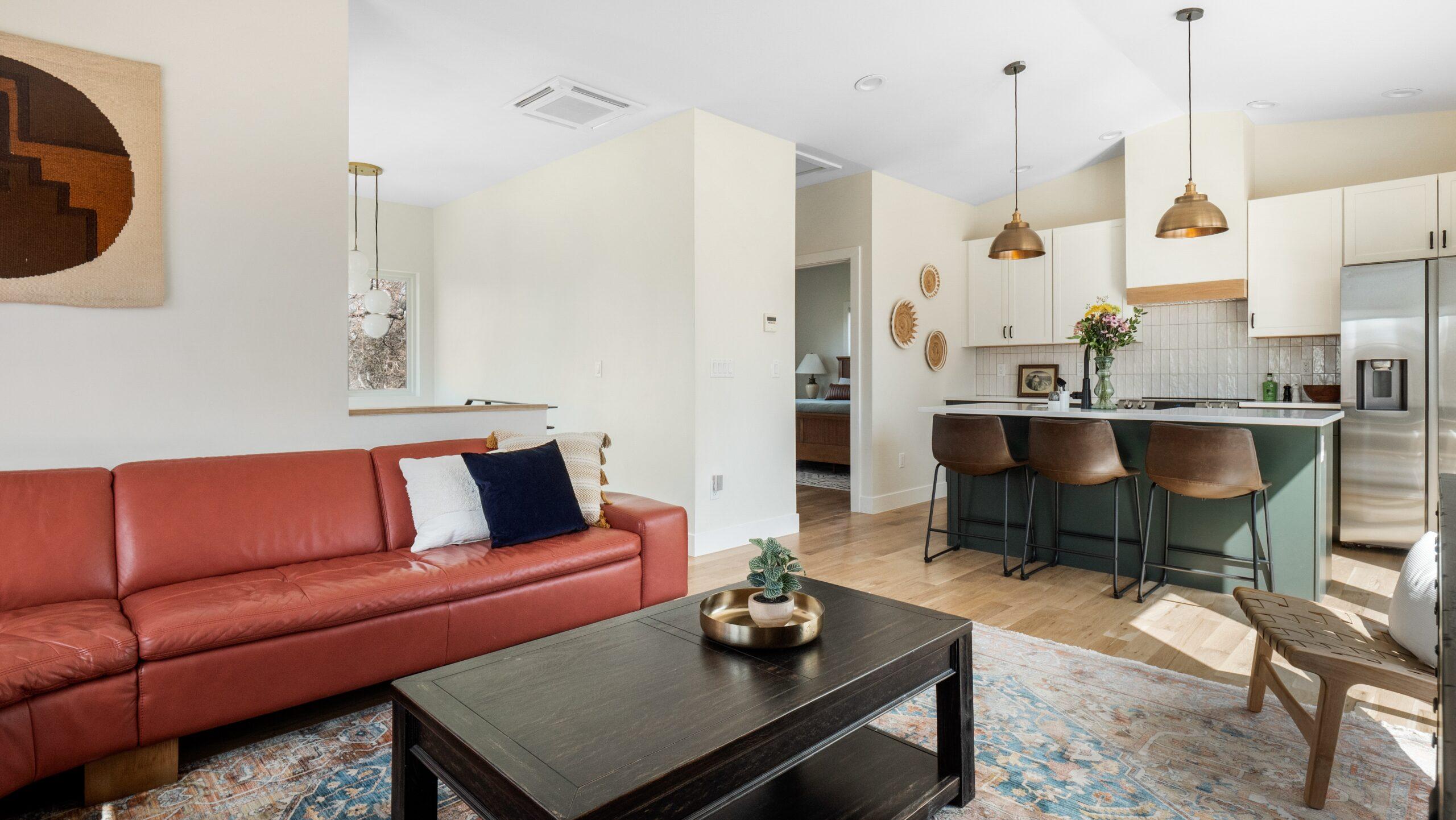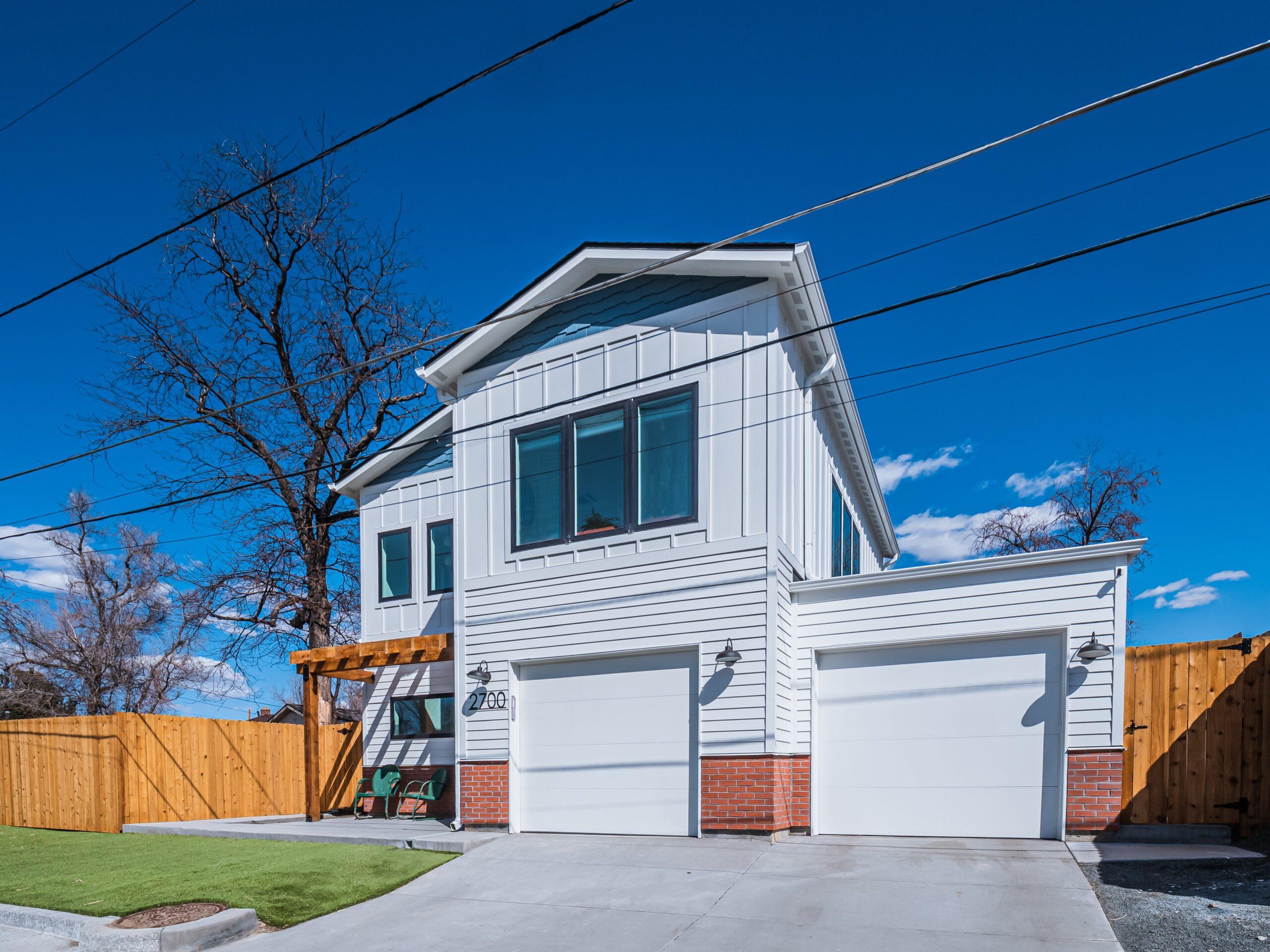Denver real estate agent and owner of Living Room Real Estate Kassidy Benson bought her Skyland home in March 2017 and knew the 8,000-square-foot lot was ripe for an accessory dwelling unit.
Benson began her research immediately, and by 2019 she was ready to start the process. She broke ground in 2021 and in March, the ADU was finally complete.
That is a very simple summation of what happened.
Between the costs, various contingencies, the pandemic and the vast amount of time spent researching and following Denver zoning and construction codes, Benson said the process was exhausting.
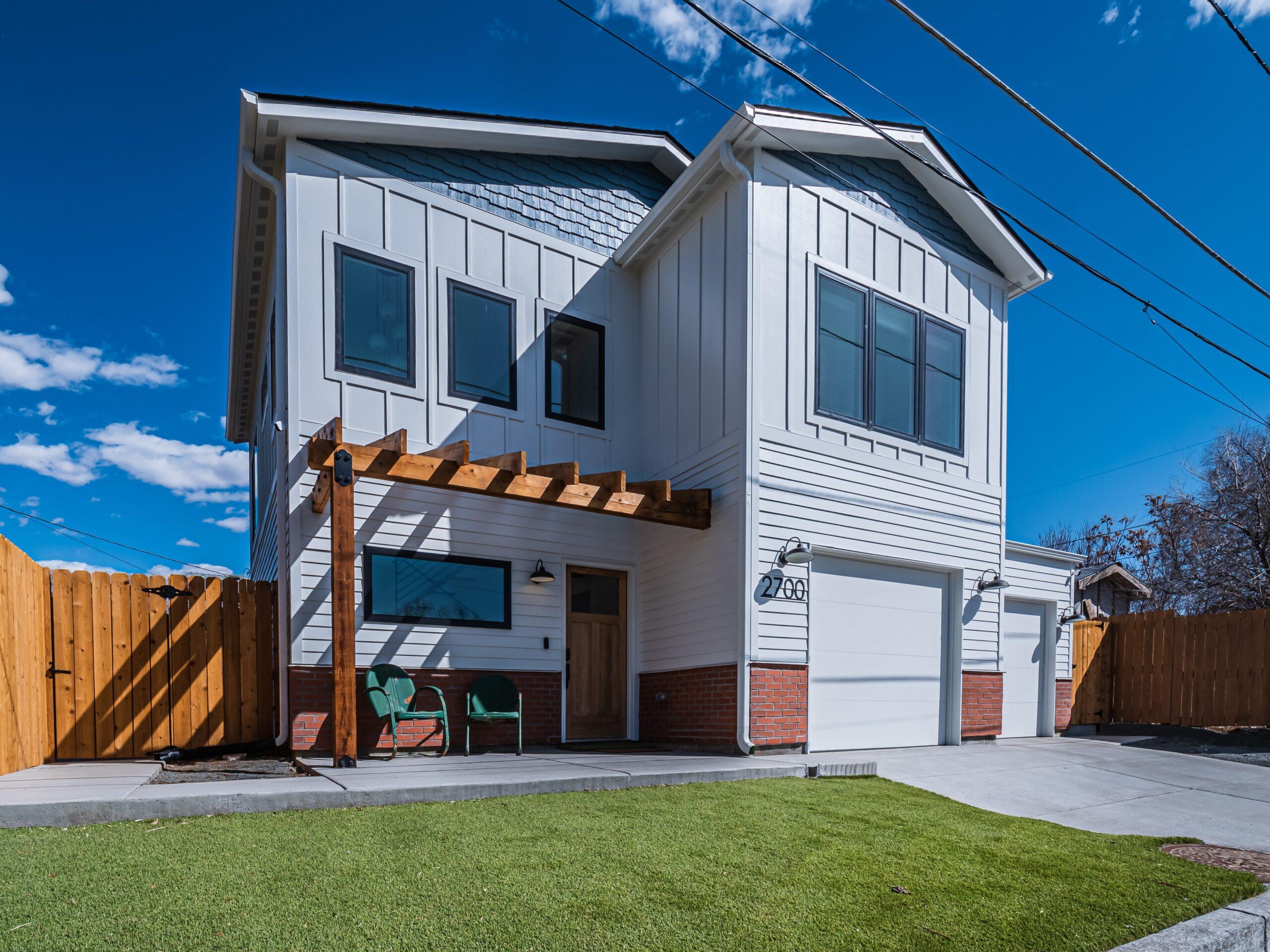
In fact, the ADU process was so tedious and strenuous, Benson wants to educate others and is looking to give the city some advice as well.
"Even real estate agents can't figure this out," Benson said. "I started this process five years ago and just completed it. I'm a real estate agent. I own my own real estate brokerage. I have good knowledge of lending, building and zoning... and for me, it was extremely stressful."
ADUs have become an essential part of the Denver housing conversation. When city officials talk about the housing crisis, lack of actual housing and affordable options, one of the first "solutions" mentioned are ADUs. According to Blueprint Denver, ADUs can help with growth, gentrification and displacement throughout the city. They provide additional space for families looking to house relatives, or homeowners can rent out the space for additional income both long and short term.
Benson believes that can be the case. But as of right now, the process is too complicated and expensive.
"We need more housing," Benson said. "I've seen 30 offers on one house or the bidding is $100,000 over. ADUs can be viable housing but for vulnerable people trying to build ADUs so they can stay on their property is not realistic."
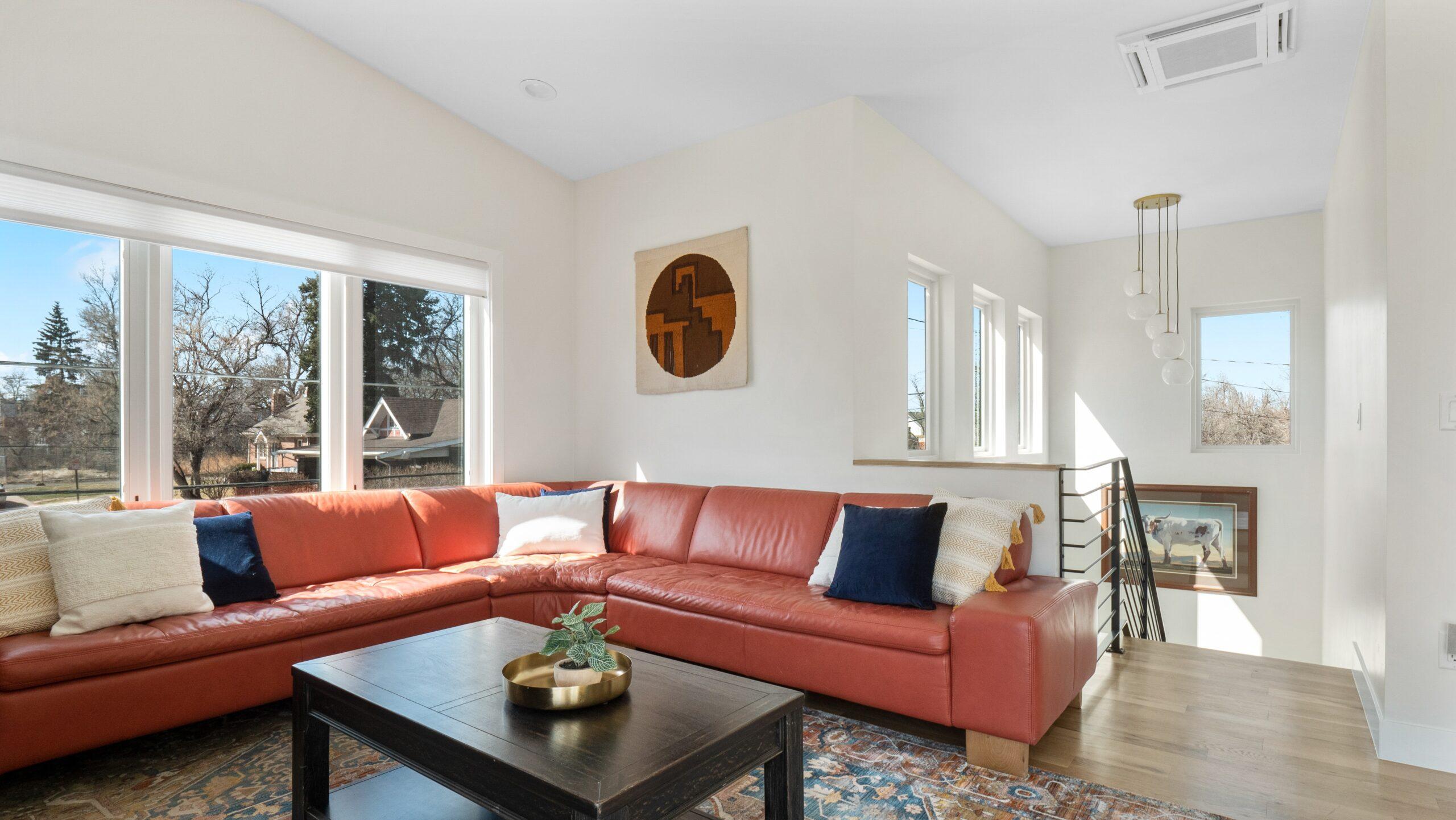

Benson's first tip for city officials? Simplifying the zoning code. If a homeowner is interested in constructing an ADU, they first have to check whether their lot is zoned for an ADU. (You can do that here.)
Benson was able to skip that process because her home had an ADU amendment, but for others, requesting an ADU rezoning can tack on an additional year to the process. According to city officials, about 30% of Denver is currently zoned to allow for an ADU. And there may be more to come as city councilmembers look to rezone whole neighborhoods.
But besides whether or not an ADU can be built at all, the codes also dictate what type of ADU can be built, meaning size and placement. And that all depends on the homeowner's lot size and the neighborhood itself.
"People who are vulnerable for displacement need to know that they have an opportunity to build an ADU but it's so hard to figure out," Benson said. "I sent mailers to everyone in this neighborhood saying you're zoned for an ADU. Did you know that? My neighbor thought there was some conspiracy that only white people knew about the zoning code. And, well, it's true. He can't figure it out. I can barely figure it out."
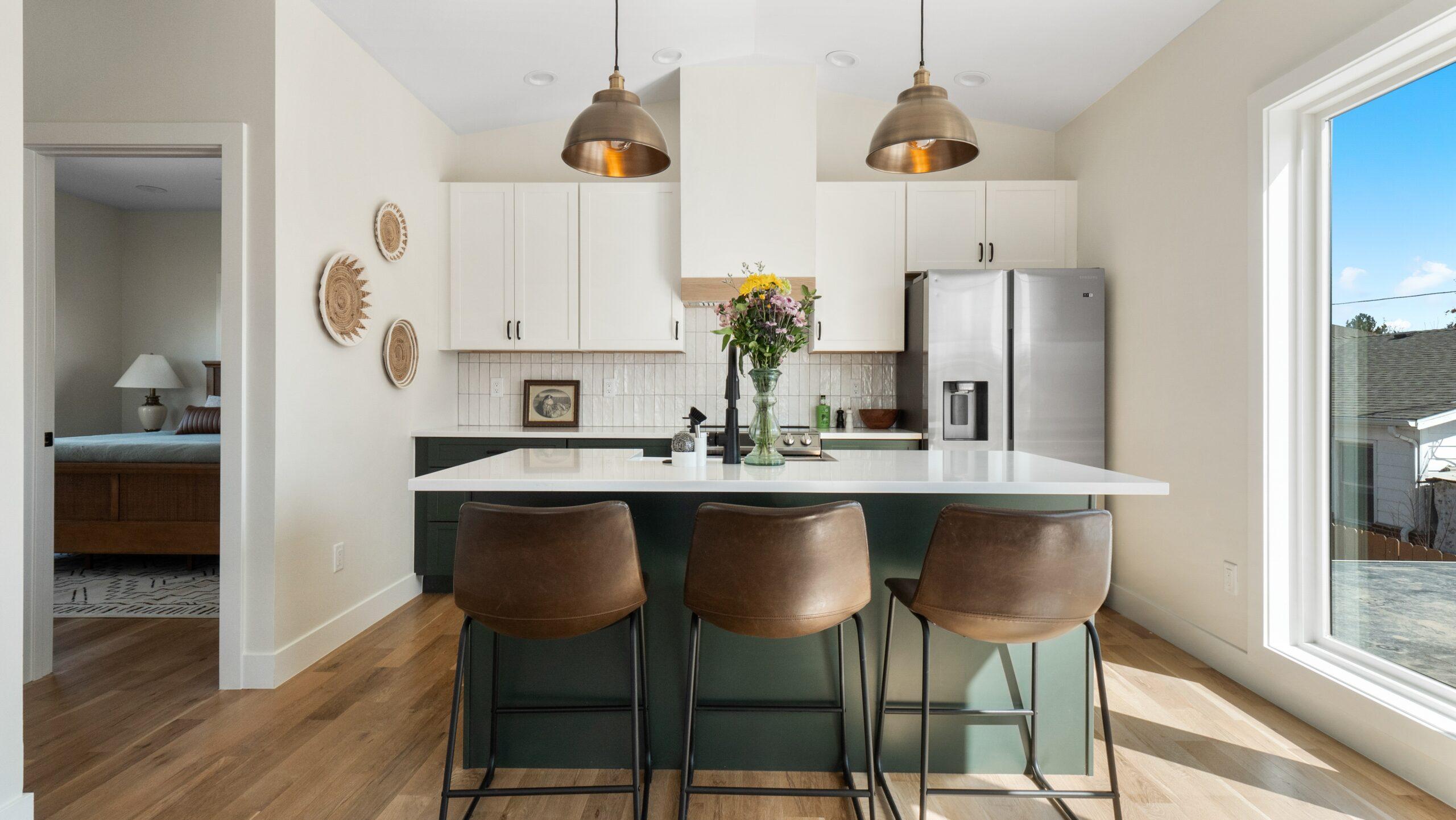
The city is aware of the issues and working on them as Blueprint Denver recommends. Community Planning and Development created a community advisory committee and project team that will focus on how ADUs "are designed, how they fit in with different types of neighborhoods and block patterns, and how updates to the zoning code may reduce barriers to creating ADUs."
Another issue Benson would like the committee to address is cost. Benson's ADU is a detached 1,000-square-foot unit (the largest square footage allowed per zoning rules) with two floors, two bedrooms and two bathrooms.
After purchasing her home for $315,000, Benson invested about $80,000 in renovations. Those renovations allowed her to use the equity in her house to help pay for the ADU. In 2019, she estimated that her ADU would cost around $300,000. That increased to about $360,000 once she spoke with architects and contractors. In the end, she paid more than $400,000, and some of that was out-of-pocket costs.
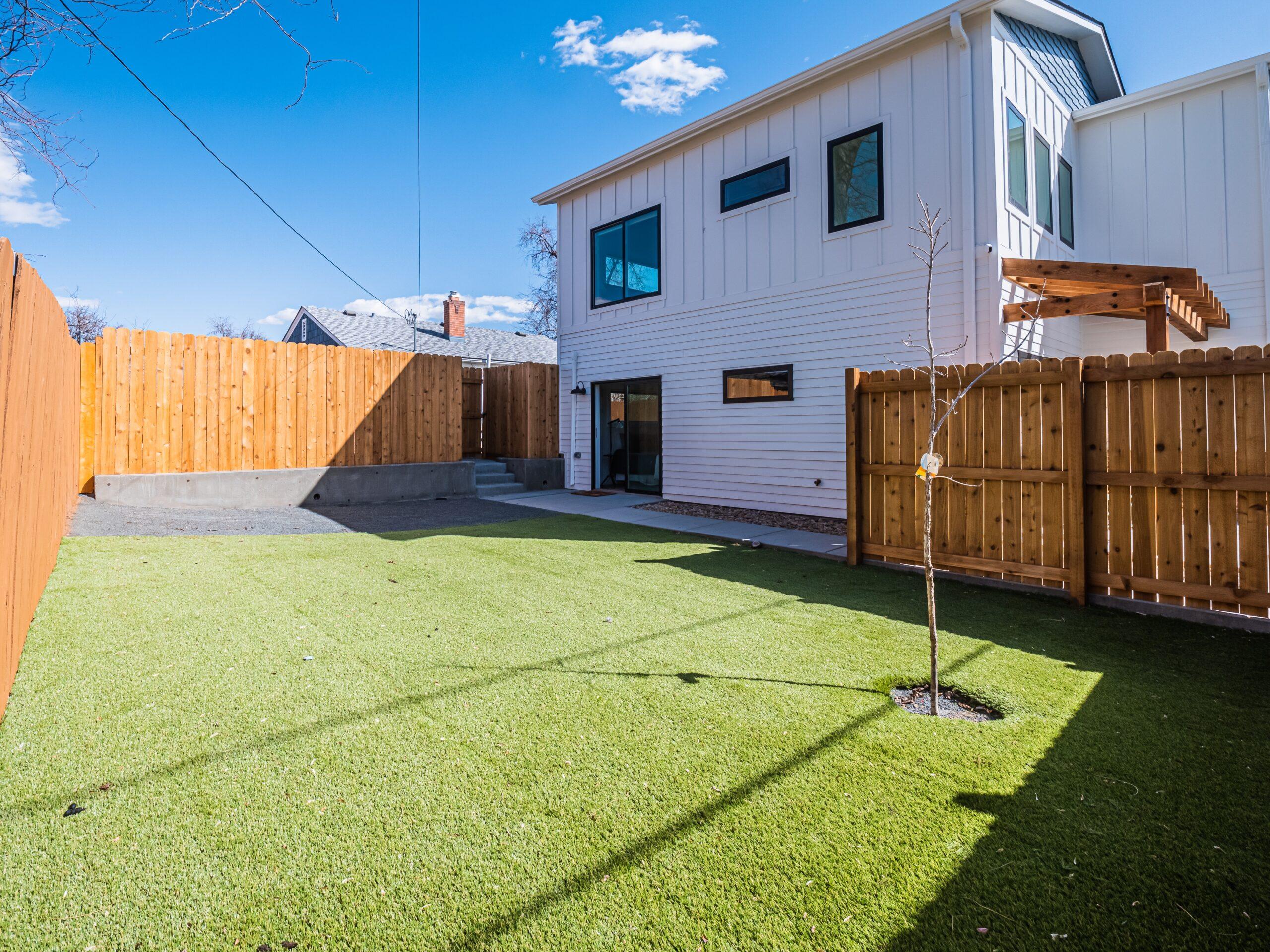
Benson said she got her construction loan through First Bank, which acted as a third party between her and the contractors. Benson said the lender made sure contractors were meeting deadlines and would ultimately withhold funds if milestones weren't met. However, the loan required her to pay any overages that occurred monthly upfront.
There were plenty of overages. Construction bids aren't always concrete, so contingency funds are always set aside. But with ADU construction, some costs can be unexpected because, again, the zoning code isn't uniform. Throw in a global pandemic increasing the prices of material, and contingency funds can quickly evaporate.
Benson said in a three-month span, she spent almost $40,000 out of pocket for overage costs.
Some construction loans also have time frames. Benson had a 12-month loan and the project was supposed to last six months. It ended up taking a year and two months.
"I was in a really tough spot," Benson said. "I don't know what would have happened if I couldn't come up with that money. It was scary. If you're low-income or vulnerable to displacement you would not be able to absorb those overruns. It would wipe you out. And if your contractor isn't done in a year, what are you going to do?"
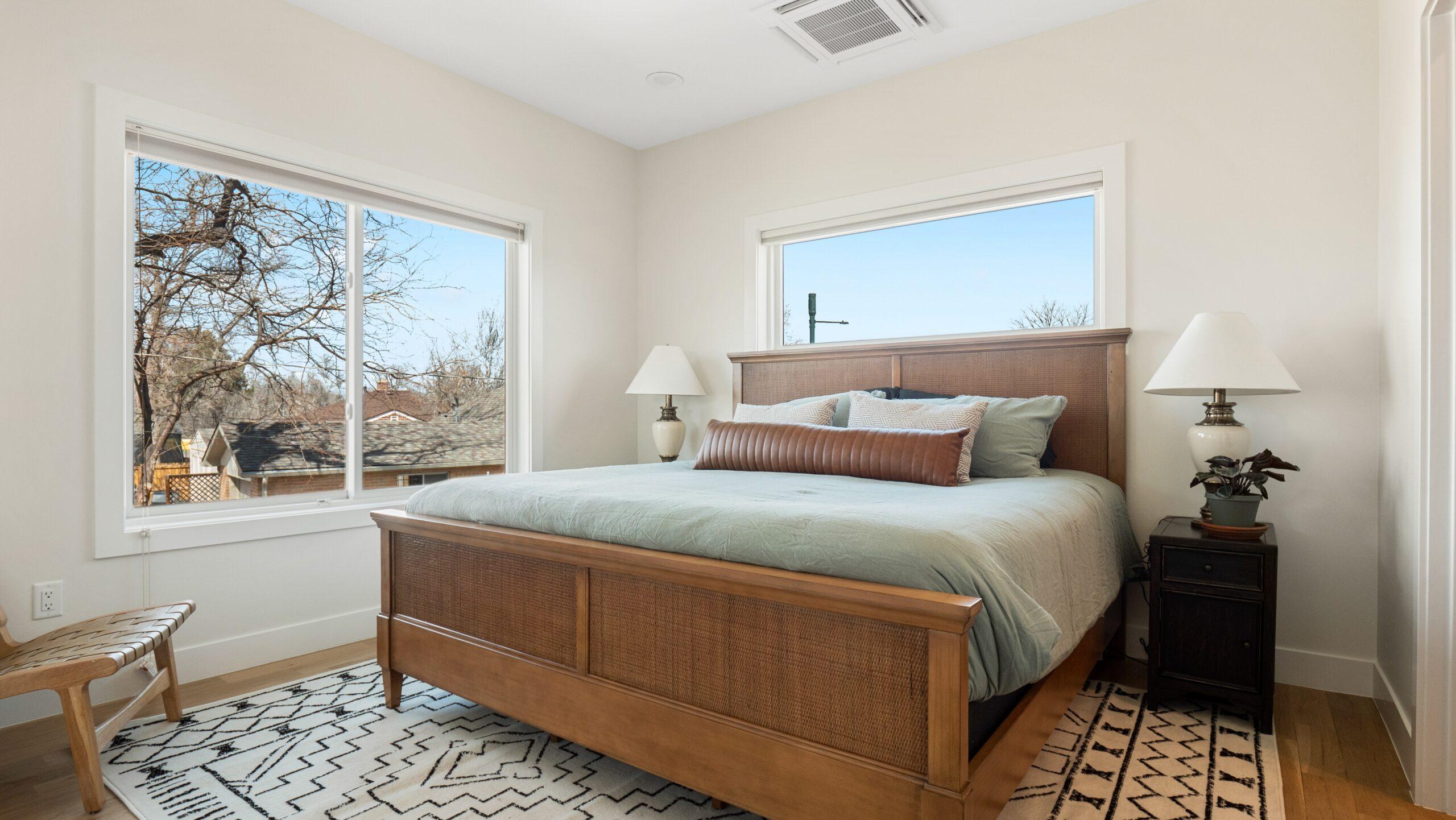
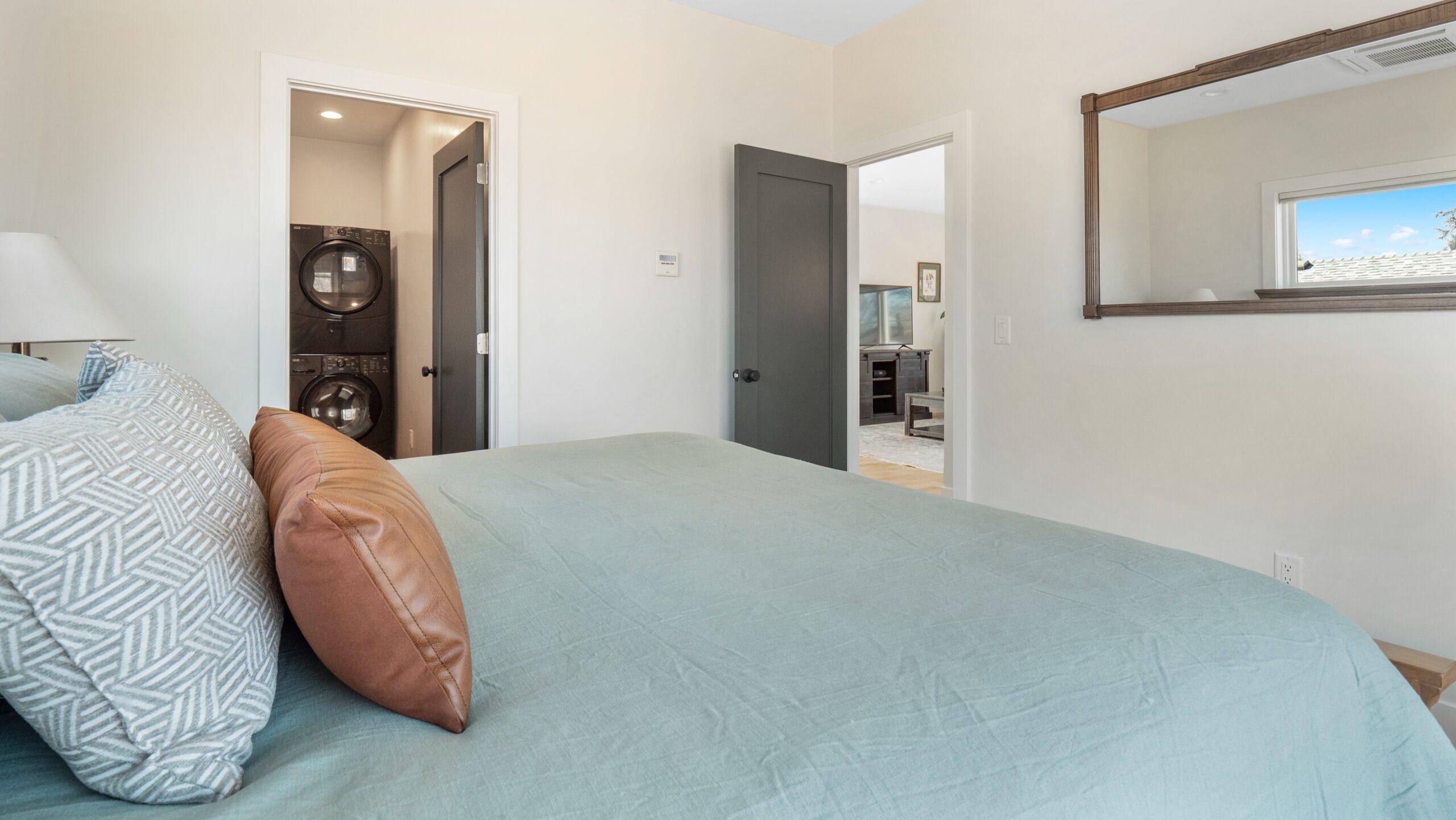
First Bank worked with Benson but she acknowledged that she was able to make them work with her because she's a real estate agent who is savvy when it comes to loans. She also acknowledged that her situation may not have worked out for the average person.
The city has helped fund one program to assist with ADU funding, the West Denver Single Family Plus pilot program.
The program is run by the West Denver Renaissance Collaborative and it assists homeowners with developing, designing, financing and constructing detached ADUs. The program comes with several stipulations that must be followed for at least 25 years.
If a homeowner makes 81% of the median income or more, they must rent to someone in the 80% or less range to qualify. If the homeowner makes 80% and under, the tenant isn't required to have a specific income. No short-term rentals are allowed.
Renee Martinez-Stone, the director of the West Denver Renaissance Collaborative, previously said the program is aimed toward moderate- and low-income homeowners in nine west Denver neighborhoods, including Athmar Park, Barnum/Barnum West, La Alma/Lincoln Park, Sun Valley, Valverde, Villa Park, West Colfax and Westwood.

West Denver Single Family Plus offers five types of ADUs: studios, one bedrooms, small two-bedrooms, large two-bedrooms and a three-bedroom. Those units range in cost from $120,000 to $200,000.
The city is aware of the expensive construction costs, another issue the ADU Advisory Committee will address. The committee's first meeting was held last month and one suggested option for lowering costs included using prefabricated structures for the ADUs.
The next committee meeting will be held on April 7. The meeting is for committee members, but it's open for public observation.
Benson said she intends to send the committee a list of ADU barriers and possible solutions that include pre-approved structure designs list WDSF supplies and, above all else, a simplified code.
"I'm hoping that I could use my experience to advocate for a better ADU process," Benson said. " I think this ADU shows that they aren't this tight, cramped thing. There's so many lots in Denver that could incorporate something like this. I think of Barnum. I think of Villa Park. Those houses are 400, 600 square feet on these huge lots that you can't maintain. We don't need these huge backyards. We don't have to tear down old houses to build monster houses. It's a viable solution. We could double the housing."
If you're looking for informational assistance regarding ADU construction, Benson said she may be able to help. She also suggested reaching out to contractors who specialize in ADU builds, including L&D Construction.
